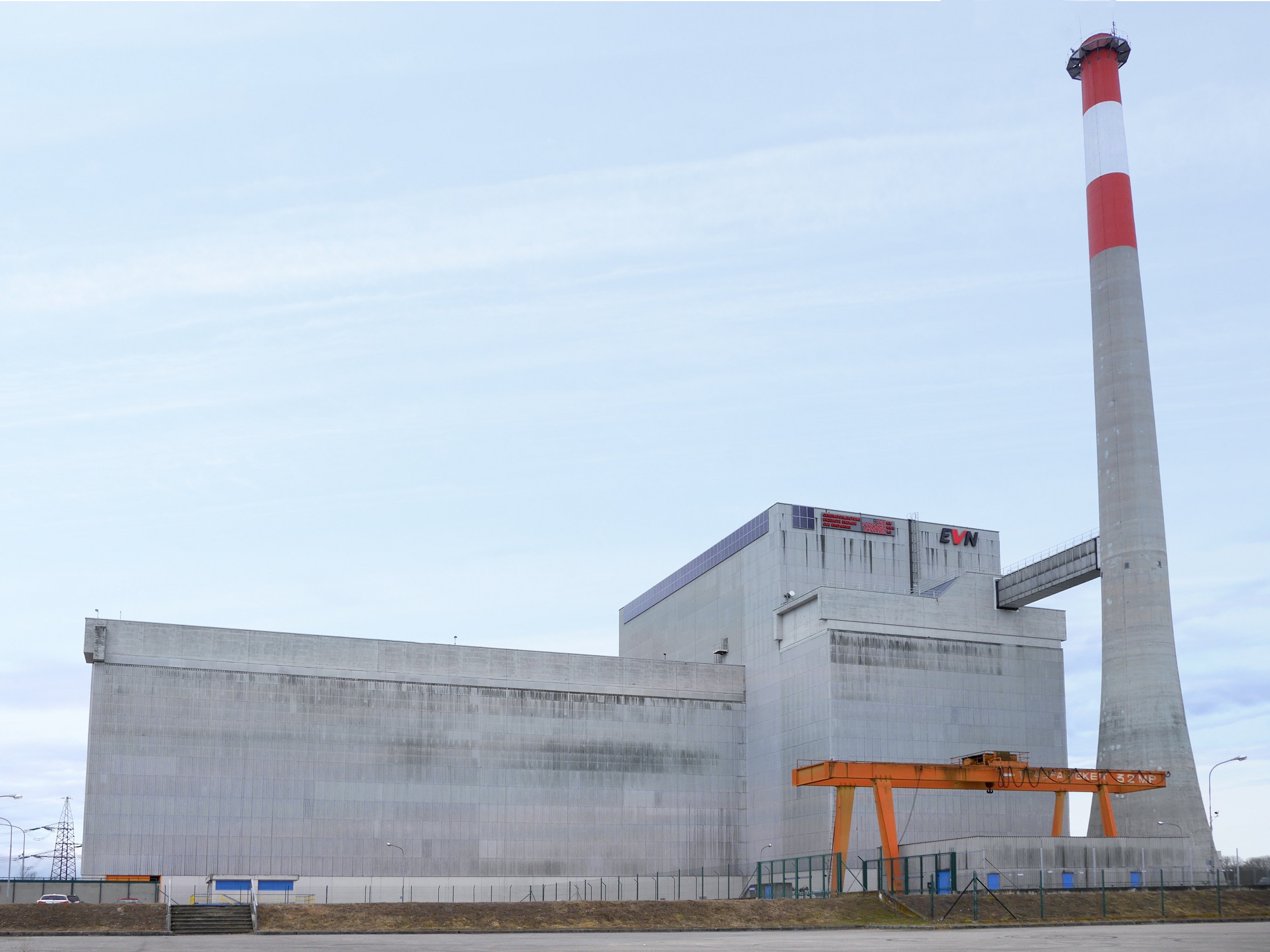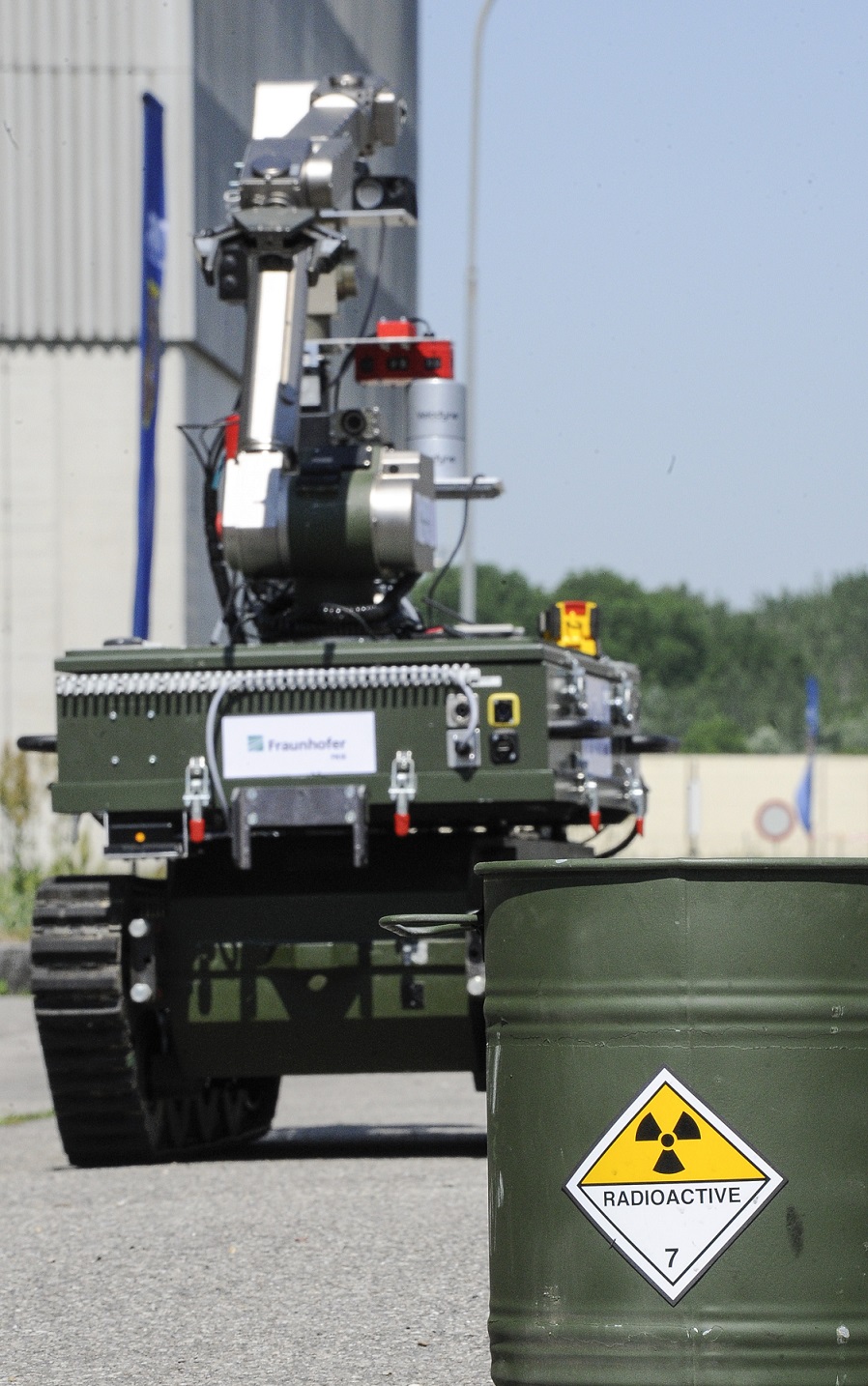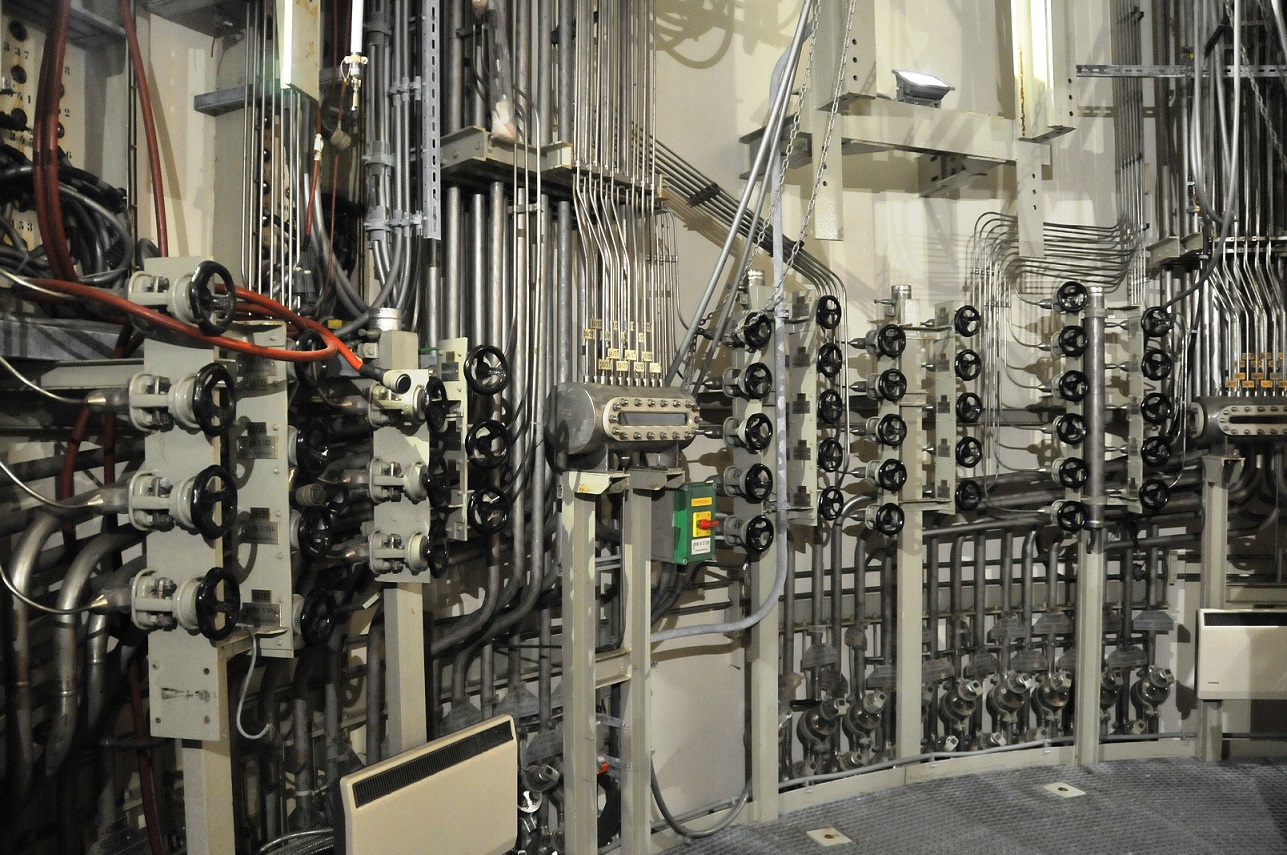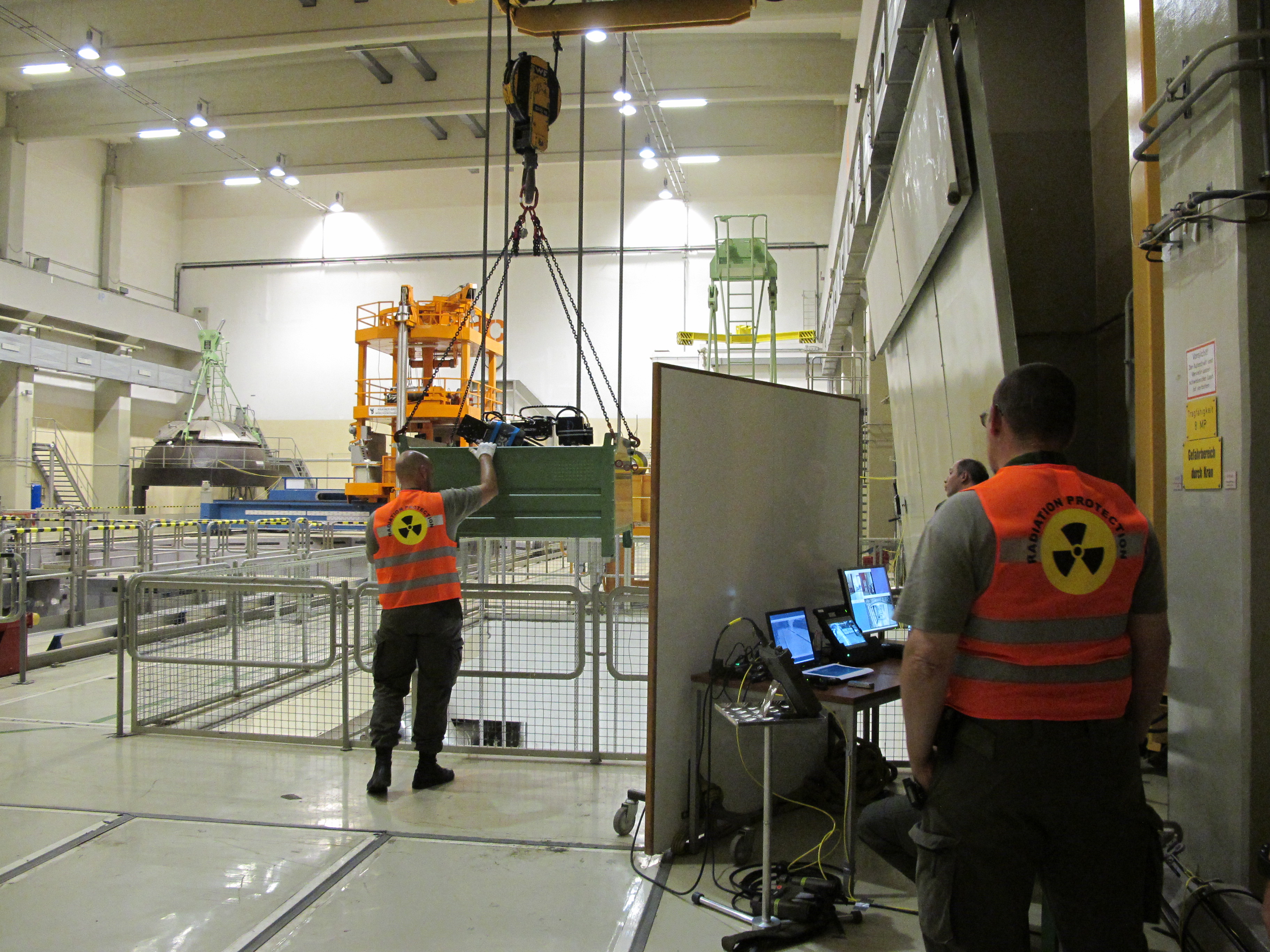At EnRicH, experts practice for an emergency at a nuclear power plant
Accidents in nuclear power plants such as Chernobyl and Fukushima or the decommissioning and dismantling of old nuclear facilities clearly demonstrate how important it is to use robot technologies in the event of radioactive contamination. Robots can operate in places that are clearly too risky and dangerous for humans. They ensure that a picture of the situation is created, radiation sources are identified and even recovered, if necessary, despite the highest levels of radiation. At the second European Robotics Hackathon (EnRicH) in July 2019, robotics experts will practice for a critical situation at the Austrian nuclear power plant in Zwentendorf. Fortunately, this is only a simulated scenario but under real-world conditions.



The Zwentendorf nuclear power plant is one of the few nuclear power generation facilities in the world to have been completed but never commissioned. Repair and dismantling operations, as well as critical incidents and disaster scenarios can be trained there without the risk of contamination. The team of EnRicH organizers headed by Dr. Frank E. Schneider, deputy head of the Cognitive Mobile Systems department at the Fraunhofer Institute for Communication, Information Technology and Ergonomics FKIE, will take advantage of this opportunity for the second time this year to see how different robot systems can be used under these conditions in a real-world environment. »Robots provide a good opportunity to reduce the exposure time of people following an accident,« says Brigadier General Michael Janisch, head of the Austrian Armaments and Defense Technology Agency (ARWT) and organizer of EnRicH.
»EnRicH should not to be seen as a competition between the participants, but more as a training event for robot systems. We want to get a comprehensive overview of their current level of performance. All the tests are strictly focused on research and development in order to encourage the subsequent improvement of the robots,« says Dr. Schneider describing the goal of the five-day hackathon. For the first time, the event will be accompanied by an R&D workshop for the participants.
For these robotic tests, the ARWT will provide the organizers with radioactive samples for the exercise scenario, which centers around detecting and manipulating the samples. The robots cannot be accompanied because the radiation sources are active, but the use of mobile cameras on the robots is mandatory. The tasks facing the teams are quite demanding: a three-dimensional map of the incident environment has to be created as part of the investigation and for the purpose of generating a comprehensive picture of the situation. Radiation sources have to be marked on a digital map and the corresponding radiation intensity recorded. For the manipulation task, radioactively contaminated parts of a pipe system must be identified, and the associated valves closed. In addition, »casualties« in the form of dummies distributed throughout the scenario, have to be found and, if possible, rescued.
The challenges the teams will have to contend with will reflect the typical interior of a nuclear power plant: no light, closed doors, steep stairs, narrow bends and passageways. In addition, communication between the robot and the control station will be complicated by the massive concrete walls and metal-clad rooms. which is why radio is being offered to the teams on request. Not every robot will be expected to complete all three tasks, and different platforms can also be used.
»We are not looking for the ultimate winning team,« explains head organizer Dr. Schneider, »we want to offer every participant the opportunity to test and improve their systems in a real-world scenario and under very difficult conditions.« Of course, a jury will assess the performance of the various teams during the entire event and then evaluate it. »Targeted and safe manipulation requires constant testing and exercises in a scenario that is as realistic as possible. EnRicH gives us all - and above all the developers of robot systems – the opportunity to be better prepared for emergencies,« says organizer Brigadier General Janisch.
